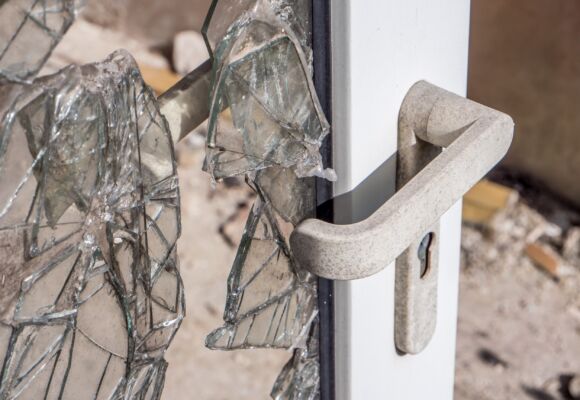What is Criminal Damage?
The Criminal Damage Act 1971 states in Section 1 (1) that criminal damage occurs when:
“A person who without lawful excuse destroys or damages any property belonging to another intending to destroy or damage any such property or being reckless as to whether any such property would be destroyed or damaged.”
Criminal damage includes crimes like arson, graffiti and forced entry. The damage caused doesn’t have to be permanent to be considered criminal damage.
Arson
Arson is when someone sets fire to property belonging to someone else on purpose and unlawfully, destroying or damaging it. This often includes buildings, but can also be other property like vehicles, boats and forests.
Graffiti
Graffiti involves the unauthorised marking of property without the owner’s consent. This can include marking such as writing, painting, and carving. Graffiti is commonly associated with buildings, but can also occur on other types of private and public property, like park benches and monuments.
Forced Entry
This is when someone enters a property without permission and with force or using a threat of force. Forced entry often involves breaking structures like windows and locks to get inside, meaning property has been damaged. This crime is often committed to steal property, but it can also be for other reasons too.















